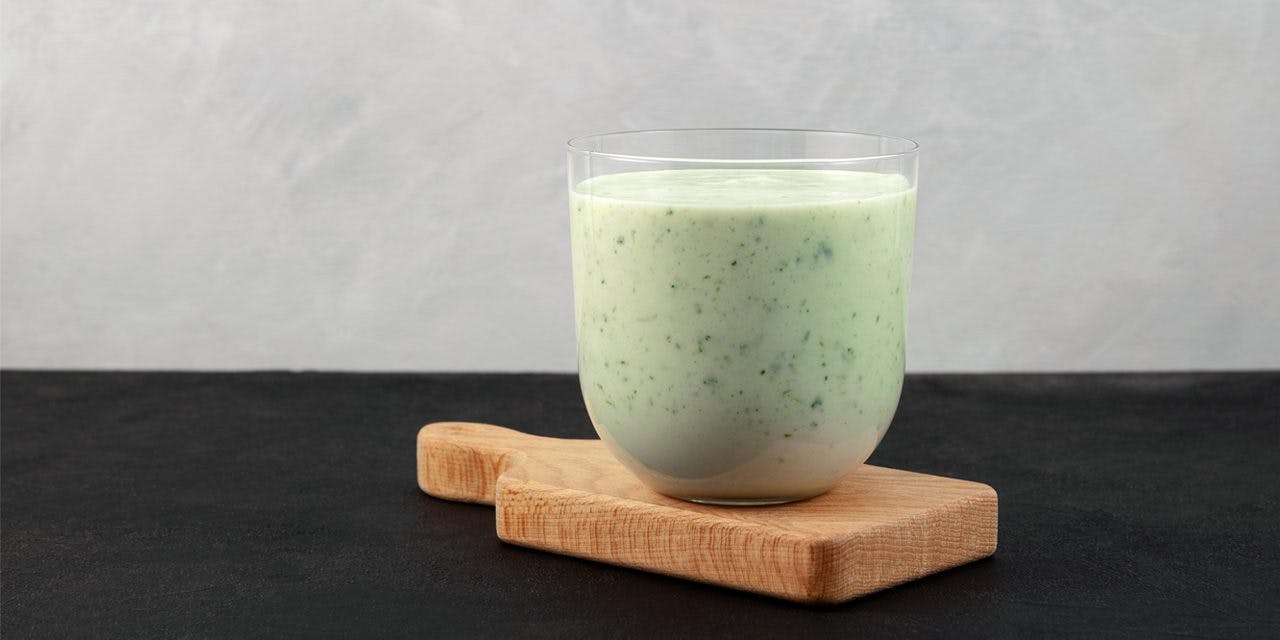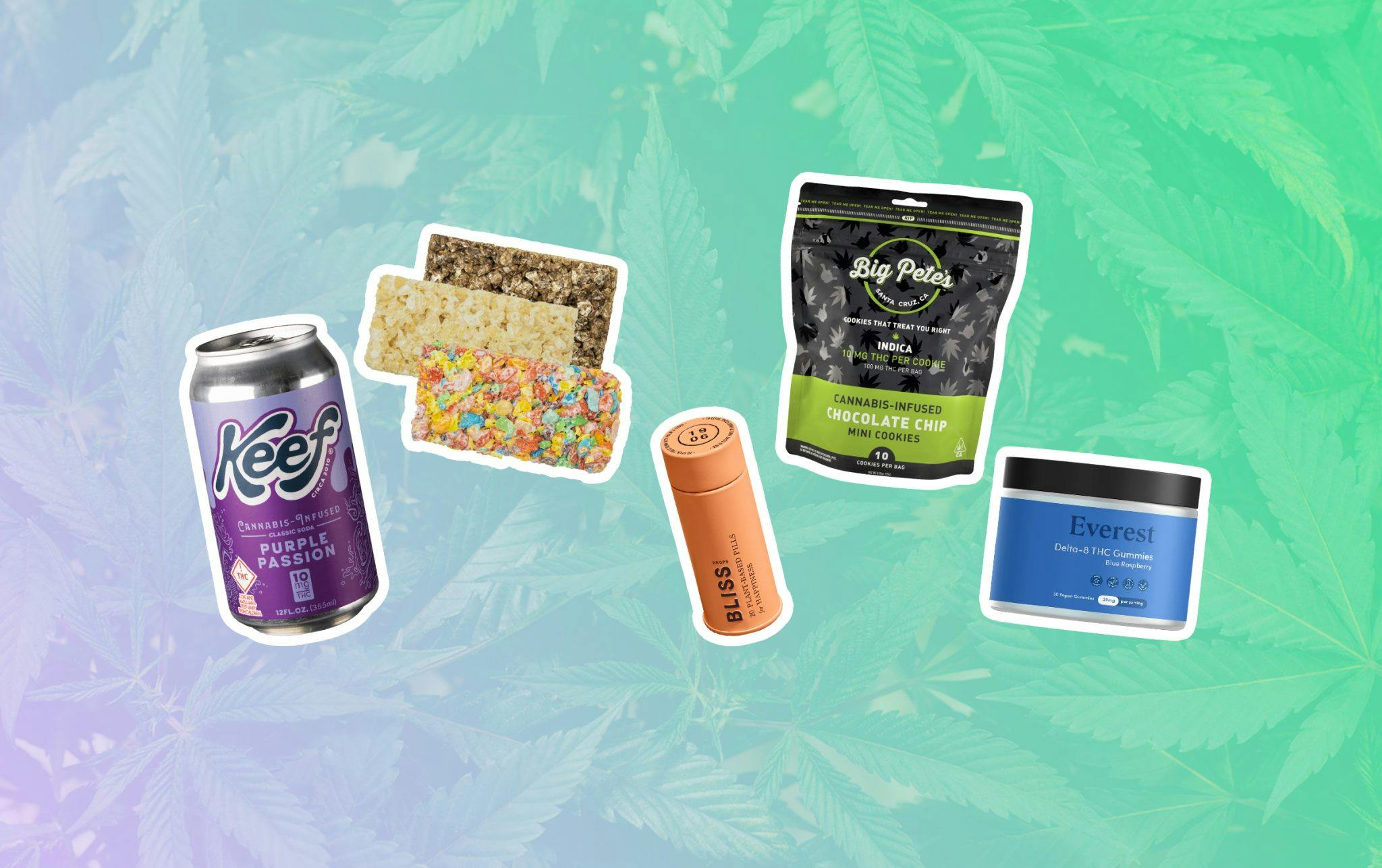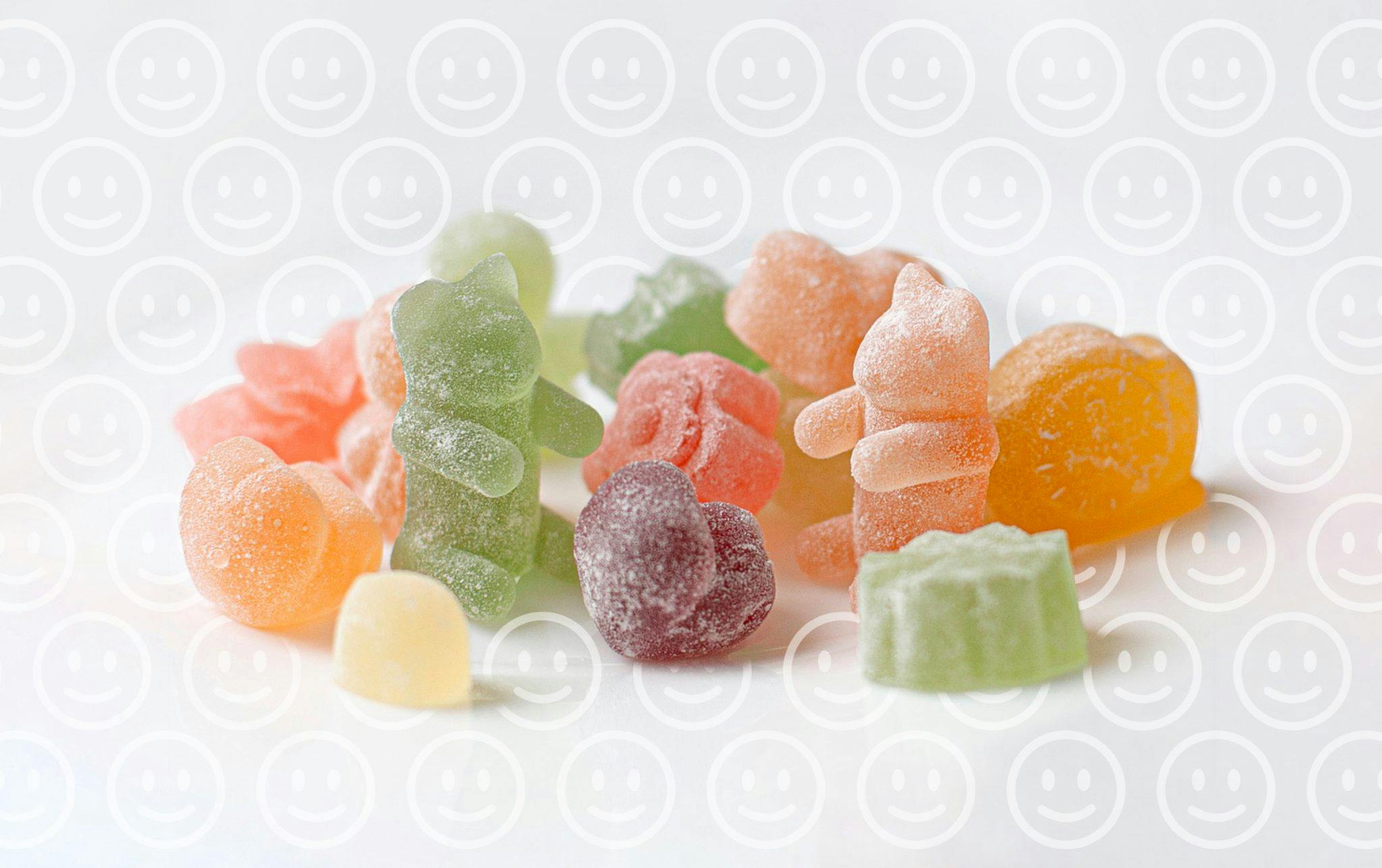What Is Bhang, and How Do You Make It?

Article written by
Jen Olson
Content reviewed by

Dr. Lewis JasseyMedical Director - Pediatric Medicine
If you’re looking for a cannabis experience with a “bhang,” you may want to look to the experts in India. They’ve used an ancient cannabis preparation known as Bhang for over 2000 years.
Bhang is an edible cannabis-based product made from the leaves, stems, and flowers of the female cannabis sativa plant. It is an Ayurvedic remedy prescribed for ailments such as nausea, pain, insomnia, anxiety, and digestive issues. You can find it in Indian bhang shops, distributed at Hindu festivals, and you can use it while cooking.
Get your medical marijuana card
Connect with a licensed physician online in minutes.
What Is Bhang, and How Is It Made?
Bhang is made from grinding and soaking cannabis leaves and stems to form a paste. For those wanting more “bhang” for their buck, the flowers of the cannabis plant are used as well, upping the potency of the mixture.
Cooking is a major part of Indian culture, and bhang is used in many recipes, such as:
- Bhang Lassi: Lassi is a sweet yogurt-based drink that often contains herbs, spices, and fruits.
- Bhang Thandai: Thandai is like lassi but with almonds, ground nuts, and milk instead of yogurt.
- Bhang Goli: Golis are herbal “balls” used in Ayurvedic medicine to treat ailments such as digestive issues.
- Bhang Water: This is freshly ground cannabis mixed with water.
- Bhang Ki Chutney: Ki chutney is a condiment similar to jam or relish from Uttarakhand served alongside most meals.
- Bhang Sweets: These are halva-like sweet treats containing bhang cannabis.
Bhang is also part of specific remedies prescribed by Ayurvedic physicians.
Although cannabis is illegal in India, law enforcement is more lenient towards bhang as it is used in religious settings such as the springtime Holi festival. Since Bhang does not fall under the category of narcotic drugs in the 1985 NDPS Act, it is not prohibited by law in India.
How Does Bhang Work?
Bhang contains beneficial cannabinoids such as THC and CBD. Cannabinoids are compounds that affect many receptor systems in the body.
When you consume bhang, the cannabinoids bind to your body’s receptors within the endocannabinoid system (ECS) and have the ability to alter functions such as memory, learning, immunity, and motor skills.
The ECS is found in humans and all animals. It’s present throughout the entire body, specifically to receive our body’s own naturally-occurring cannabinoids (endocannabinoids), in particular, anandamide and 2-AG. It’s almost like we are socially and biologically designed to have a relationship with cannabis! The plant has, after all, followed humans around for 12,000 years.
Taking bhang kickstarts neurological changes triggering a series of effects, including:
- Euphoria
- Sensory enhancement
- Physical and mental relaxation
- Loss of inhibition, including increased laughter
The unique thing about bhang is that it’s not heated up (decarboxylated) like other cannabis products, yet it still manages to create a series of chemical reactions — enough to feel a decent high.
The effects of bhang aren’t always all positive — especially if the dose is too high. The downside of delicious cannabis recipes is that it’s easy to eat or drink too much.
Free Infographic Guide to Cannabinoids
Potential Risks and Side Effects
Although bhang contains unheated cannabis, it’s still strong enough to risk overdoing it. Some of the risks and side effects of bhang include:
- Panic, fear, or depression: Most people feel euphoria and upliftment when using cannabis. For some, however, cannabis use can go the opposite way and have negative psychological effects.
- Negative effects on the brain: Memory and coordination impairment, psychosis, and paranoia are some of the undesirable psychoactive effects that can accompany cannabis use.
- Issues with dosage: When eating or drinking cannabis, the effects can take longer to kick in. For this reason, it can be easy to take more than necessary, resulting in uncomfortable side effects associated with very high doses of THC. These effects include elevated heart rate, fatigue, low blood sugar, and mental confusion or disorientation.
Potential Benefits of Bhang
Despite its potential risks, bhang also has the potential to bring relief to common physical complaints like chronic pain and nausea as well as more serious health conditions like seizure disorders.
It May Provide Pain Relief
More and more people are turning to cannabis for pain relief. Bhang is desirable as the effects are often less intense than other types of edibles.
While many find that cannabis effectively provides physical pain relief, experts agree that more studies are needed in this area.
It May Relieve Muscle Spasms and Seizures
Cannabis products like bhang have the potential to be effective in reducing muscle spasms and seizures for those with multiple sclerosis (MS), epilepsy, and other seizure disorders.
In fact, nine milligrams of CBD per kilogram of body weight (one kilogram is roughly 2.2 pounds) has been shown to help reduce the number of seizures by half for people with epilepsy.
Additionally, the reduction of muscle spasms for people with MS after taking cannabinoids versus placebo has been noted in two separate reviews; the first from 2014 reviewing the safety and efficacy of medical cannabis in specific neurologic disorders, and the second from 2015 reviewing cannabinoids for medical use.
Finally, a 2019 review found that products like bhang that contain CBD may reduce seizures in children with a specific drug-resistant type of epilepsy.
Once again, more studies are needed to confirm the benefits of cannabis for seizures and muscle spasms. With that said, the CBD-based Epidiolex is approved by the FDA for the management of seizures associated with Dravet syndrome, Lennox-Gastaut syndrome, or tuberous sclerosis complex (TSC), so CBD’s efficacy can be officially confirmed for these conditions.
It May Prevent Nausea and Vomiting
Cannabis products such as bhang have long been known for helping people cope with nausea, vomiting, and loss of appetite.
A review of 23 randomly-controlled trials (RCTs) found that cannabis products proved more effective than conventional anti-nausea medications and placebos for people undergoing chemotherapy.
The Bottom Line
Bhang is a unique and delicious way to enjoy cannabis. However, cannabis edibles can pack a powerful punch. When trying out a new method, it’s always best to start with a low dose and gradually work your way up until you feel the desired effects. Cannabis edibles can also take a while to kick in — sometimes up to two to three hours. So, start low and go slow so you can safely experience the pleasures of bhang cannabis.
Get Your Medical Card
Connect with a licensed physician online in minutes.
Frequently Asked Questions
Is bhang harmful to the body?
In general, no, bhang is not harmful to the body. However, overuse of any cannabis preparation can lead to dry mouth, increased heart rate, headaches, nausea, and vomiting. The key is moderation. Go slowly and choose a low dose to avoid harmful side effects from bhang products.
What is bhang called in English?
Bhang is a name used in India for cannabis. It refers to a mild preparation of marijuana made from the leaves and stems of the cannabis sativa plant. Bhang is usually found in India during the festivals of Holi and Maha Shivarati, where it is sold and distributed in some states through various licensed vendors.
Is bhang a drug?
Despite bhang being used therapeutically, it contains cannabis and is still considered a drug. Whether you’re eating or drinking bhang, its use should be approached with care to avoid negative effects. It is also worth remembering that bhang is only legal in some states in India, and it is generally considered wise to purchase through licensed and trusted vendors should you wish to do so. Following local customs is the ideal way to avoid unnecessary legal hassles.



